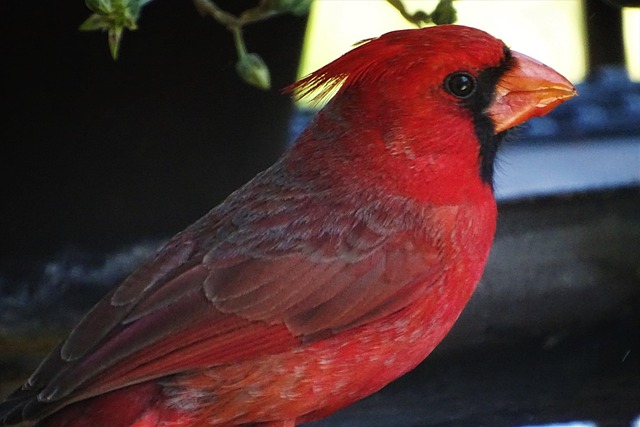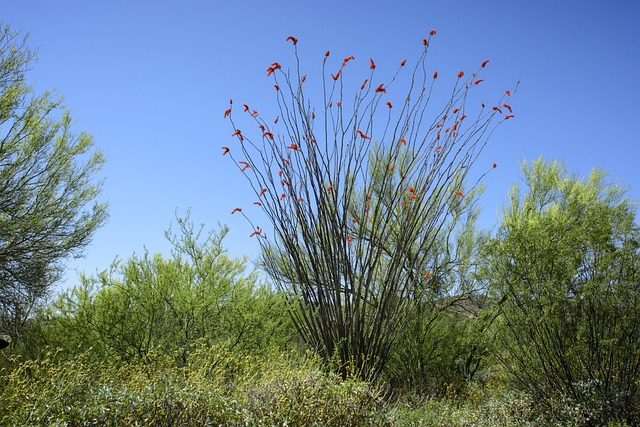Community events celebrating cultural heritage significantly impact real estate markets by fostering social connections, boosting property values, and attracting buyers. These events, with inclusive designs focusing on accessible venues and participation-oriented layouts, create a sense of belonging. Real estate professionals can benefit by marketing these gatherings to increase attendance, strengthening community-business relationships and showcasing the area's cultural tapestry through strategic venue selection.
Community events celebrating cultural heritage play a vital role in fostering connections and unity within diverse neighborhoods. This article explores the transformative power of such events in the real estate context, highlighting strategies for creating inclusive spaces that attract attendees and strengthen local communities. From designing welcoming environments to engaging local arts and cuisine, these initiatives not only enhance property values but also create lasting bonds among residents.
Uniting Communities: The Power of Cultural Heritage Events in Real Estate

Community events that celebrate cultural heritage have a profound impact on real estate dynamics. They act as catalysts for community bonding, fostering connections among residents from diverse backgrounds. By uniting people around their shared history and traditions, these events create a sense of belonging and enhance the social fabric of neighborhoods. This, in turn, positively influences real estate markets. Homes in areas with strong cultural heritage events often experience higher property values and increased demand due to the appeal of living in communities that embrace diversity and celebration.
Real estate professionals can leverage these cultural gatherings to better understand local markets. They provide insights into what attracts buyers and tenants, enabling developers and agents to tailor their strategies accordingly. Moreover, participating in or sponsoring such events allows real estate businesses to demonstrate their commitment to the community, enhancing their reputation and fostering trust with potential clients. This mutual benefit—for both communities and industry professionals—underscores the significance of cultural heritage celebrations as vital components in the landscape of real estate.
Designing Inclusive Spaces for Celebrations: A Key to Success

When designing spaces for community events celebrating cultural heritage, inclusivity should be at the forefront. This means creating environments that welcome and accommodate people from all walks of life, regardless of their background or abilities. In terms of real estate, this translates to diverse venue choices—from accessible parks and community centers to historic buildings with cultural significance. The layout should encourage interaction and participation, ensuring no one feels left out. For instance, dedicated spaces for performances, food stalls, and interactive workshops can cater to various interests and needs.
Moreover, incorporating universal design principles can significantly enhance accessibility. This includes features like ramps, accessible restrooms, and clear signage. Such considerations ensure that events are not only inclusive but also enjoyable for everyone. By prioritizing inclusivity in the real estate aspect, community celebrations become truly representative of the diverse cultural heritage they aim to highlight.
Engaging Local Arts and Cuisine: Attracting Attendees and Building Connections

Community events celebrating cultural heritage are a vibrant way to engage local arts and cuisine, attracting attendees from diverse backgrounds. By showcasing traditional crafts, performances, and culinary delights, these events foster connections between communities, creating a unique atmosphere that resonates with everyone. Real estate professionals can play a significant role in this process by identifying suitable venues that reflect the event’s cultural essence, ensuring accessibility and providing spaces that encourage interaction.
Attracting attendees involves strategic marketing that highlights the diversity of arts and cuisine on display. Social media, local press, and partnerships with community organizations can help build anticipation and draw crowds. These events not only celebrate cultural heritage but also create lasting memories, strengthening the social fabric of neighborhoods and cities.






